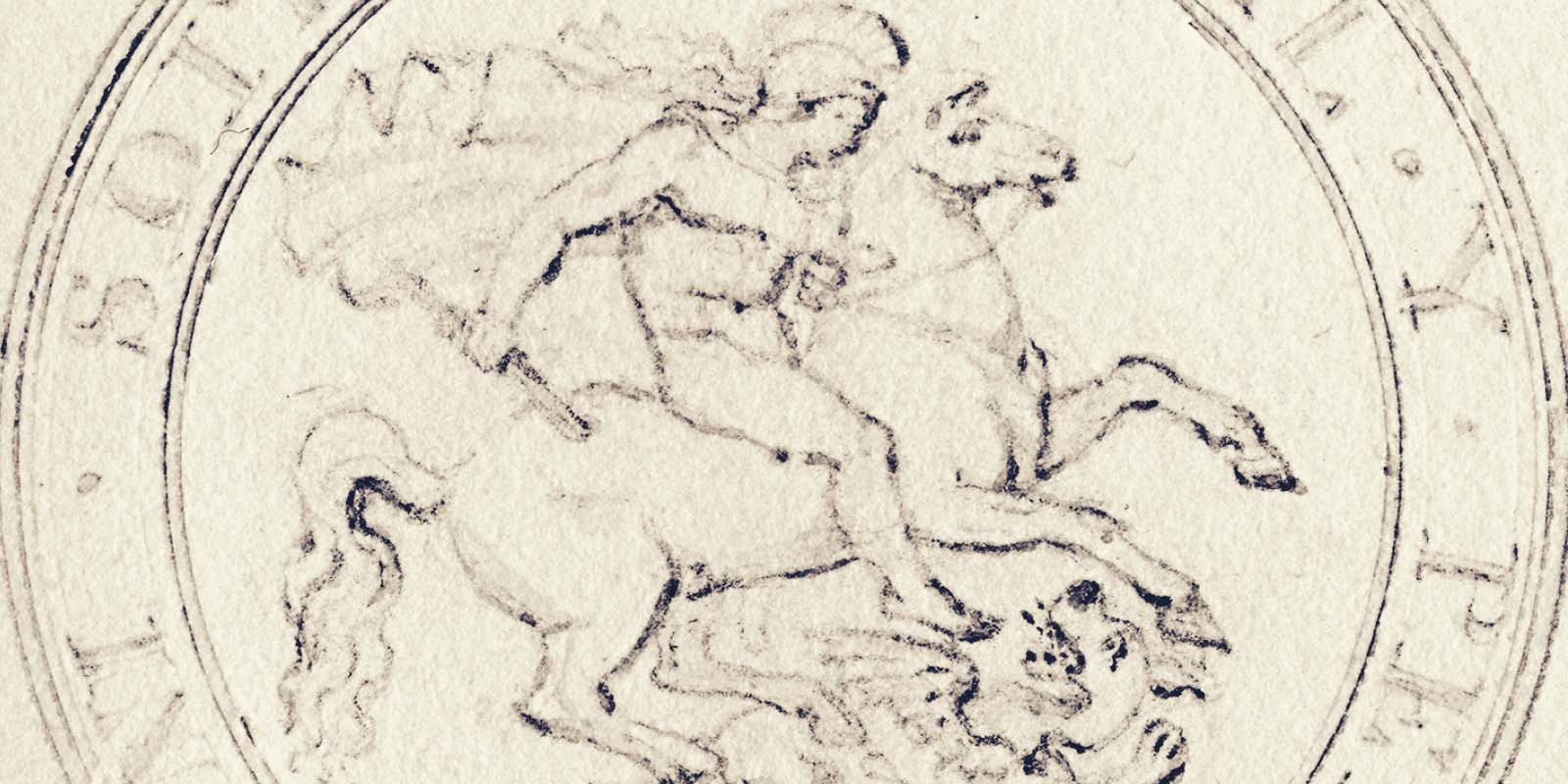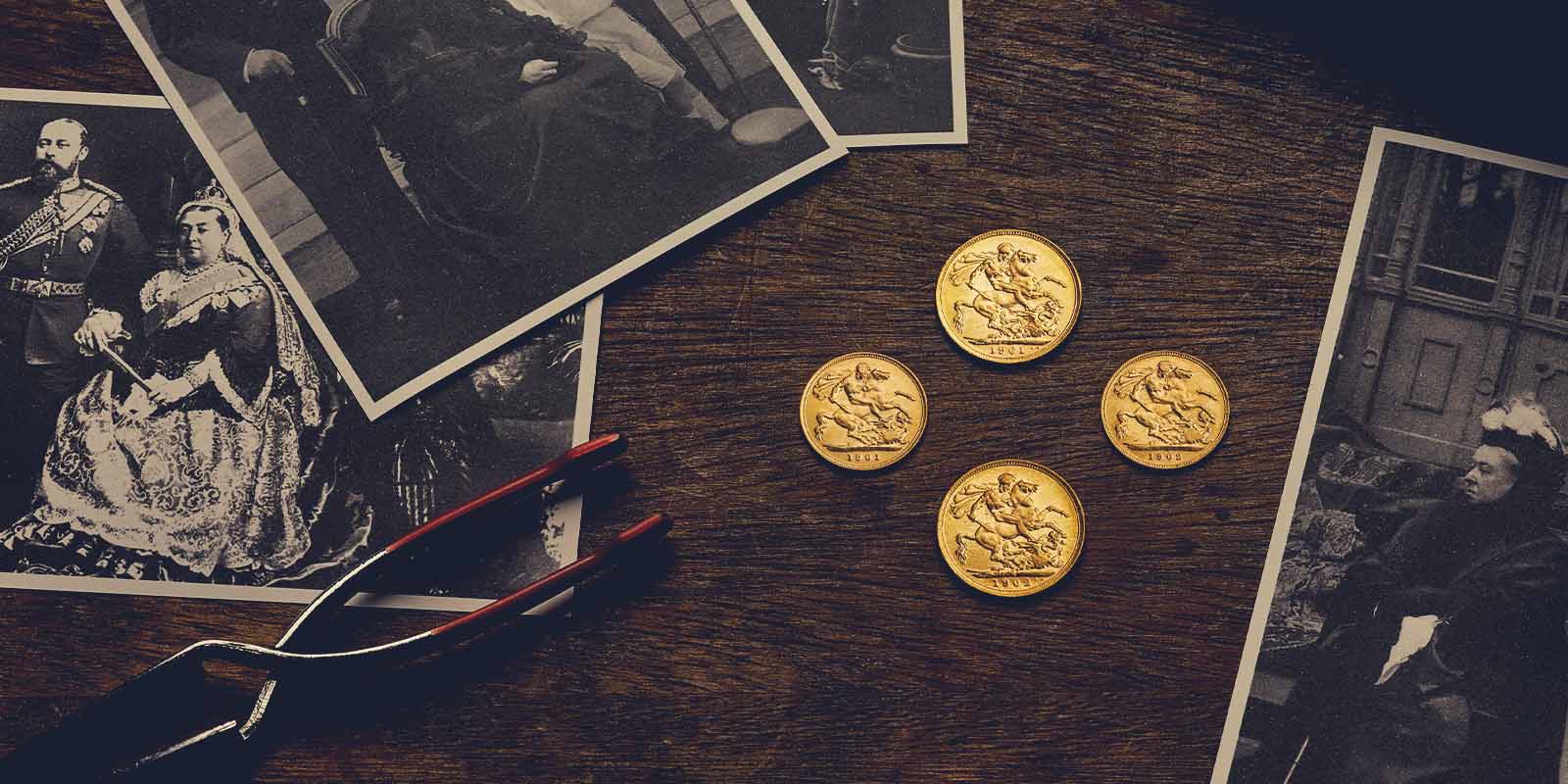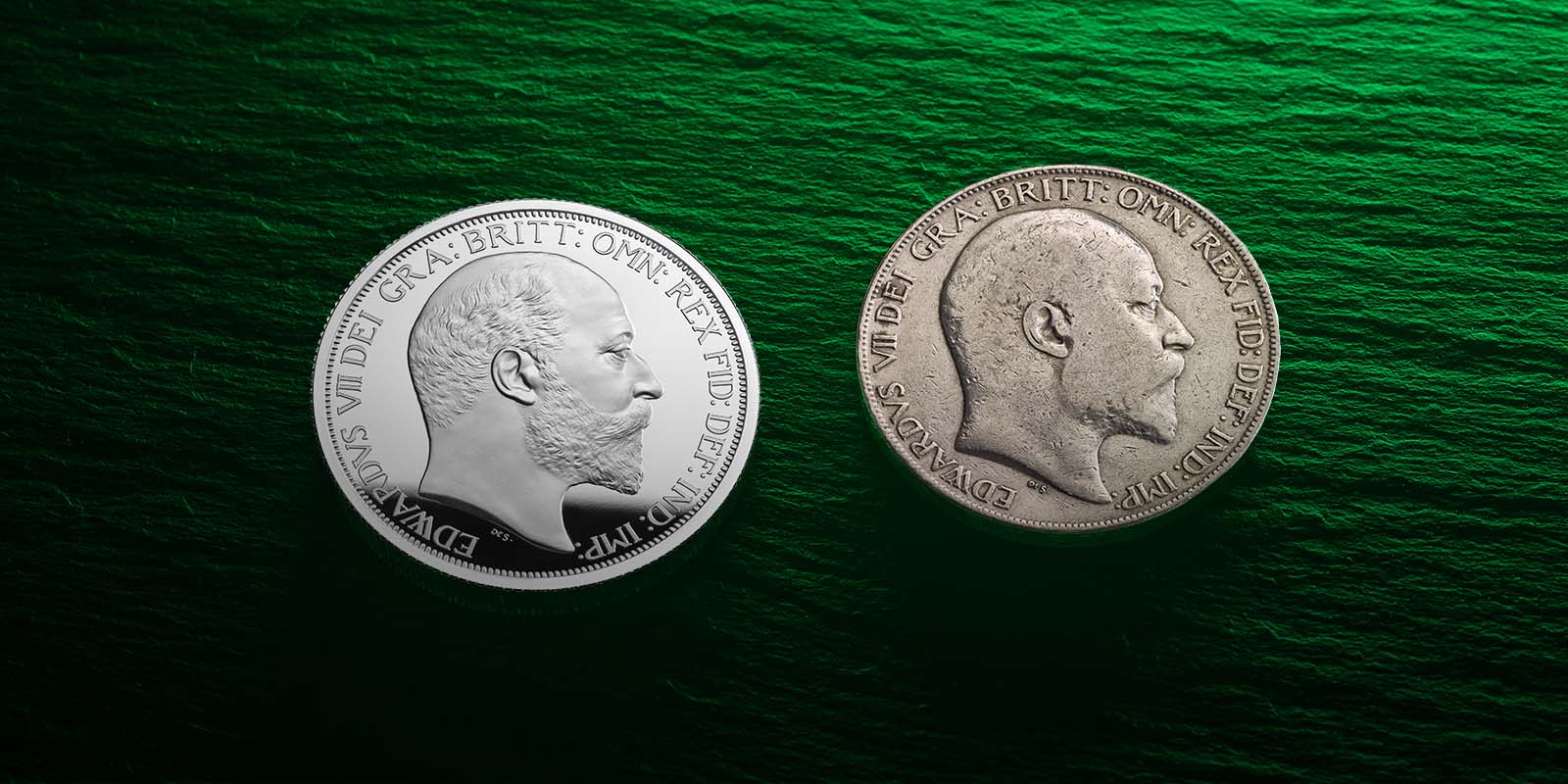At the time of Edward VII’s death in 1910, the United Kingdom was a very different country to that into which his mother, Queen Victoria, was born almost a century earlier. Their reigns combined spanned more than 70 years and witnessed enormous social and technological advances, whilst the population of England and Wales more than doubled to 32.5 million between 1841 and 1901. The Sovereign became a symbol of the United Kingdom’s power and progress, and was known as the ‘chief coin of the world’.
Queen Victoria acceded to the throne in 1837, aged just 18, and achieved the longest reign of any British monarch to that date. In contrast, Edward VII was a king-in-waiting for 59 years and reigned for less than a decade. He saw the Royal Family as symbolic and created a different style of monarchy to Queen Victoria’s, yet their reigns each defined an era. When Queen Victoria died on 22 January 1901, her territories covered one fifth of the Earth’s surface. She was proclaimed Empress of India in 1877 and, through the marriages she arranged for many of her nine children and 42 grandchildren, she was known as the ‘grandmother of Europe’. Similarly, Edward VII was known as the ‘Uncle of Europe’, as he was related to almost every monarch across the continent. He proved an astute diplomat and revived the state royal visit to boost support abroad.
The modern Sovereign was first issued in 1817 and featured a celebrated reverse design by the Italian engraver Benedetto Pistrucci, which depicted St George slaying a dragon. In 1825, Pistrucci’s design was replaced by an image of the crowned shield of the Royal Arms, designed by Jean Baptiste Merlen. But St George and the dragon was reintroduced on The Sovereign in 1871 and has featured on The Sovereigns of every British monarch since Queen Victoria. The discovery of gold in Australia in 1851 led to the establishment of a branch mint in Sydney in 1855, where The Sovereign was struck. By the end of Queen Victoria’s reign, further branch mints opened in Perth and Melbourne, whilst the discovery of gold in the Yukon in 1900 led to a branch mint opening in Canada in 1908. Following Edward VII’s reign, The Royal Mint also established branch mints in India and South Africa.

Sovereigns issued in 1901, the year Queen Victoria died, featured Pistrucci’s St George and the dragon on the reverse and the last coinage portrait of the queen on the obverse. Known as the ‘veiled head’ or ‘old head’ portrait, it was designed by Sir Thomas Brock RA and replaced the short-lived ‘Jubilee head’ portrait designed by Sir Joseph Edgar Boehm RA. The inscription on the veiled head coinage included ‘IND IMP’ to reflect Queen Victoria’s imperial title.
The first coins of Edward VII’s reign were issued in 1902 and featured the only coinage portrait of the king. It was created by The Royal Mint’s Engraver George William de Saulles and was known as the ‘bare head’ portrait. Our 1901 Annual Report states that,
“The design ultimately approved for the obverse of the coins consisted of His Majesty’s portrait in profile, without decoration of any kind, the head turned to the right being truncated in a similar manner to the effigy on the first coinage of Her Late Majesty and on the coinages of most of Her Royal predecessors since the reign of Charles II.”
Sovereigns issued in 1901, the year Queen Victoria died, featured Pistrucci’s St George and the dragon on the reverse and the last coinage portrait of the queen on the obverse. Known as the ‘veiled head’ or ‘old head’ portrait, it was designed by Sir Thomas Brock RA and replaced the short-lived ‘Jubilee head’ portrait designed by Sir Joseph Edgar Boehm RA. The inscription on the veiled head coinage included ‘IND IMP’ to reflect Queen Victoria’s imperial title.
The first coins of Edward VII’s reign were issued in 1902 and featured the only coinage portrait of the king. It was created by The Royal Mint’s Engraver George William de Saulles and was known as the ‘bare head’ portrait. Our 1901 Annual Report states that,
The design ultimately approved for the obverse of the coins consisted of His Majesty’s portrait in profile, without decoration of any kind, the head turned to the right being truncated in a similar manner to the effigy on the first coinage of Her late Majesty and on the coinages of most of Her Royal predecessors since the reign of Charles II.
Albert Edward, known as Bertie to his family, was Queen Victoria’s eldest son. The queen could be a loving mother but was exhausted by the physical toll of her pregnancies, and she and Prince Albert imposed a strict educational regime on their children. They were particularly harsh towards Bertie, the heir, who failed to live up to his parents’ strict expectations in contrast to his clever sister, Vicky. As a young man in 1861, Bertie became involved with an actress called Nellie Clifden. Queen Victoria was horrified, and Prince Albert visited Bertie at Cambridge to discuss his lifestyle during a long walk in the rain. Prince Albert returned home sick and exhausted with pains in his legs and back; within weeks, he was seriously ill. On 14 December, the prince died with Queen Victoria and Bertie at his bedside.
Queen Victoria was inconsolable and blamed Bertie for her husband’s death. She refused to allow her heir to play a significant role in state affairs, yet Bertie was popular with the public, particularly abroad, and proved to be a monarch who expressed progressive ideas when he acceded to the throne. Queen Victoria wished her son to reign as King Albert, but he chose the regnal title of Edward VII, stating that his father’s name ‘should stand alone’.







